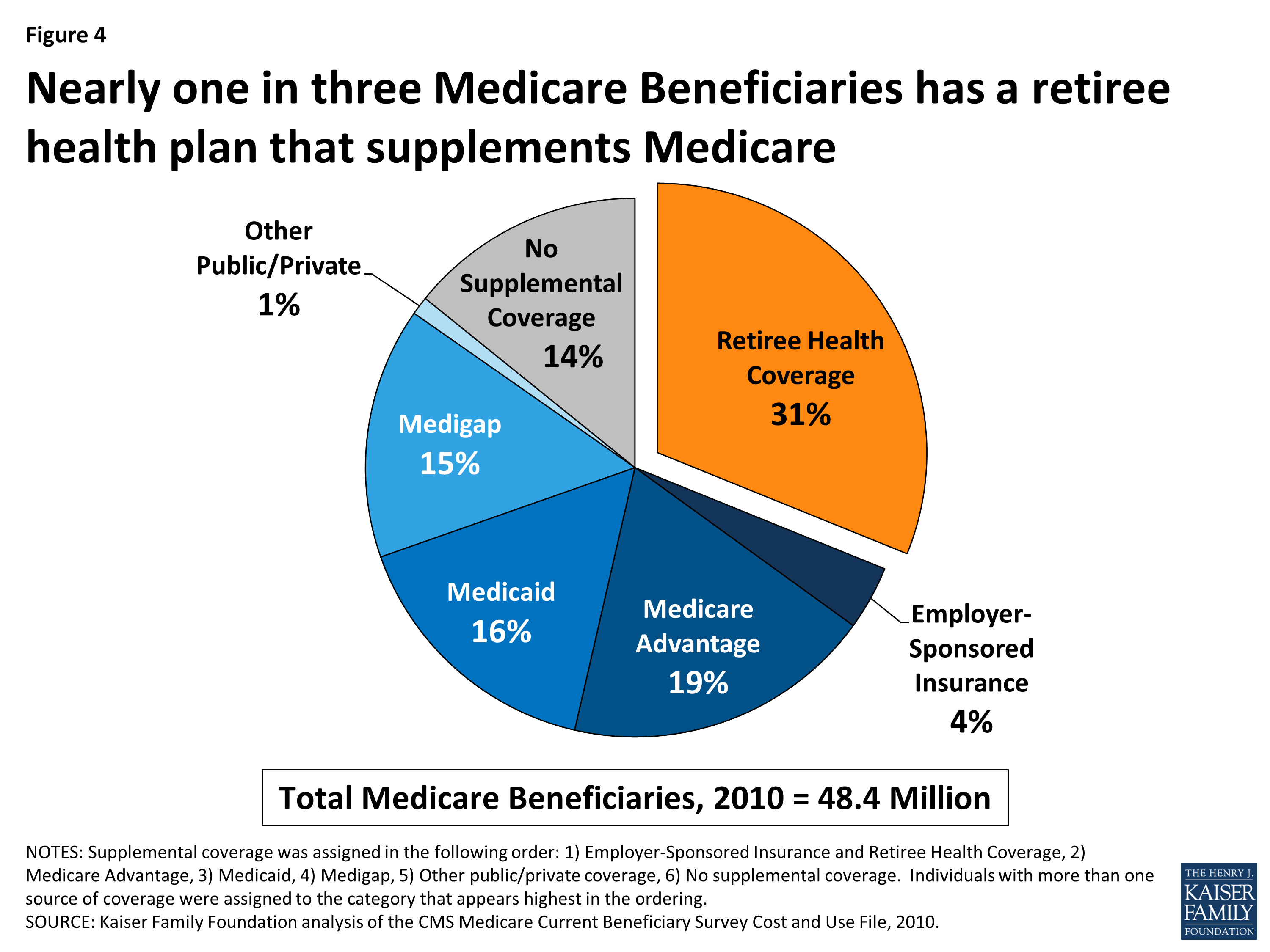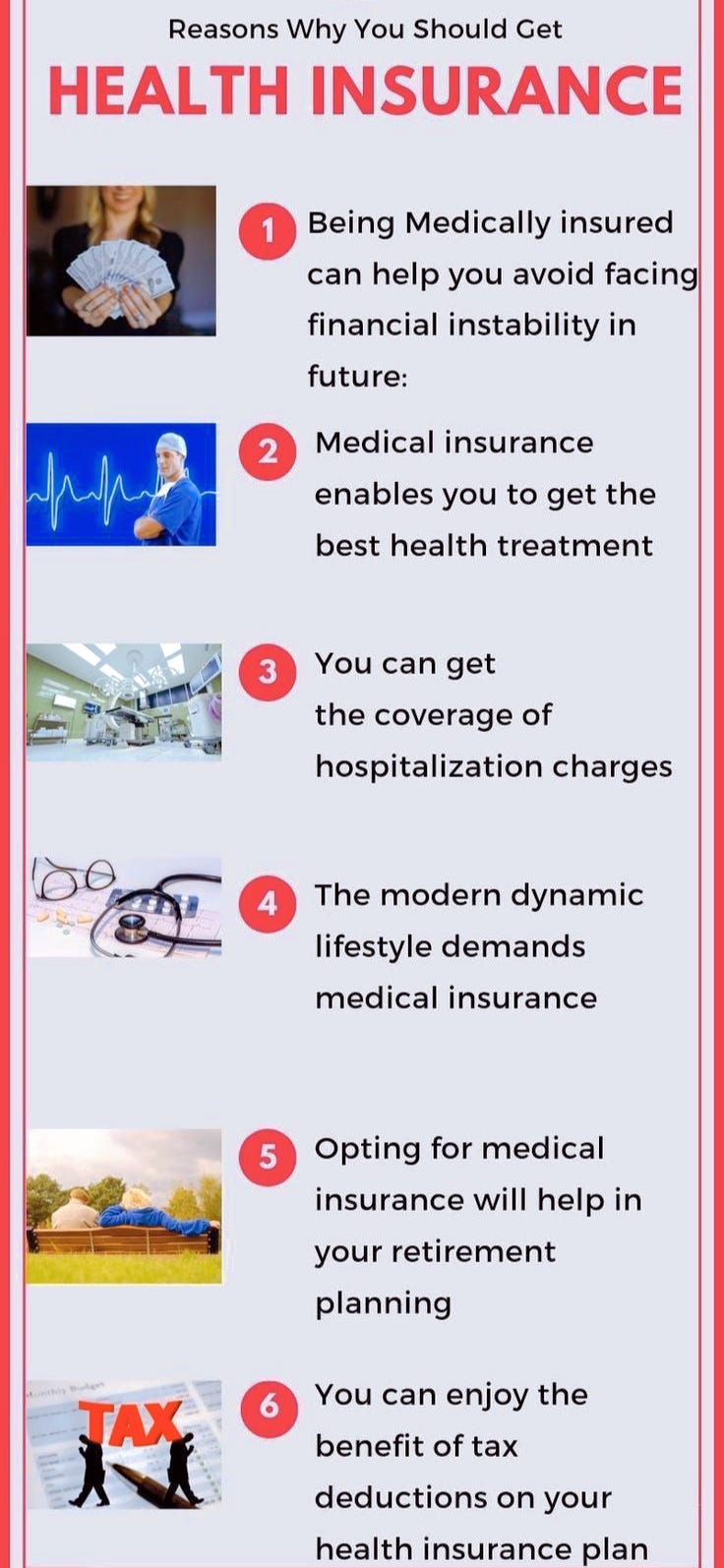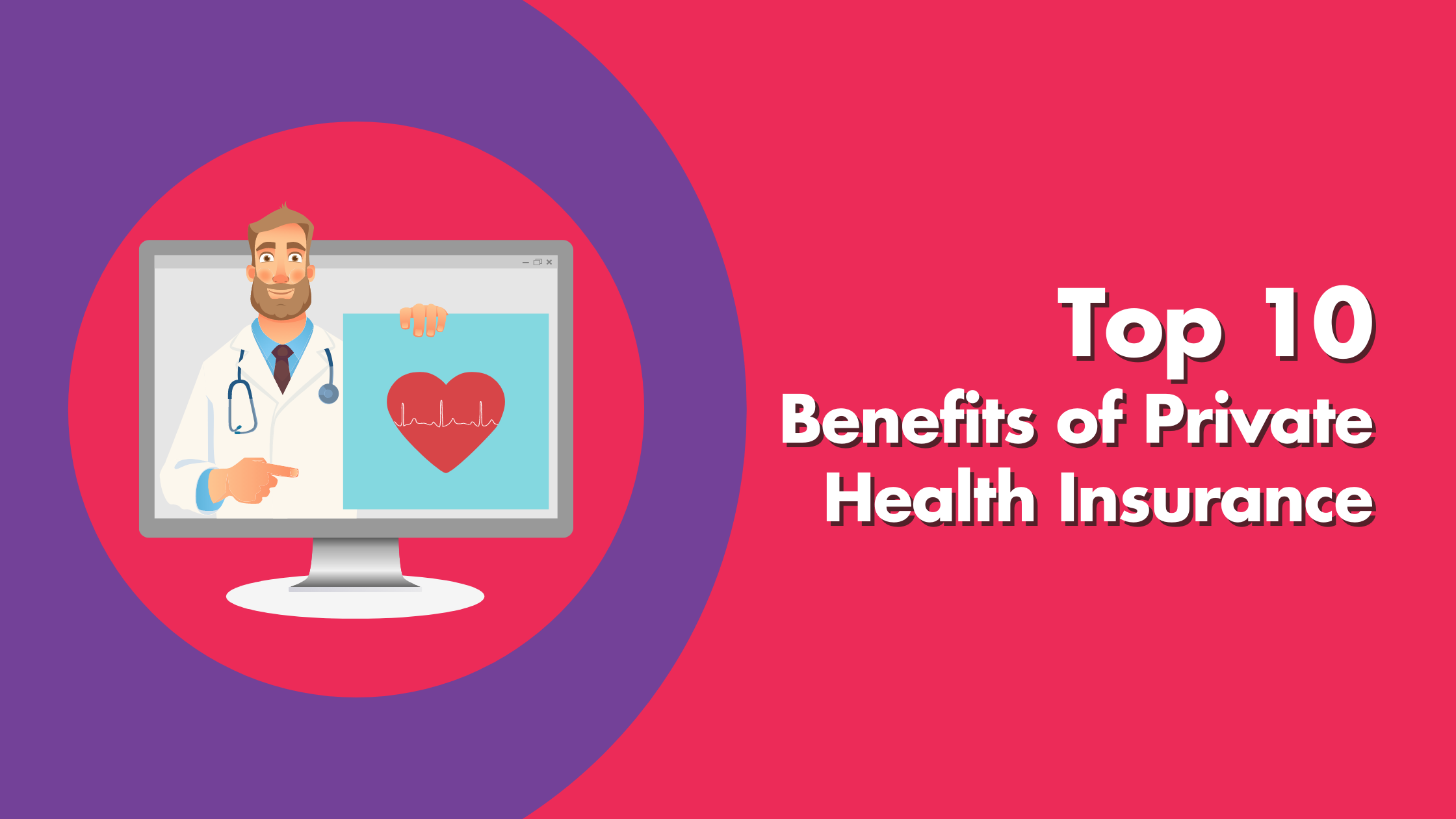What Does Medicare Advantage Agent Mean?
What Does Medicare Advantage Agent Mean?
Blog Article
7 Simple Techniques For Medicare Advantage Agent
Table of ContentsMedicare Advantage Agent Things To Know Before You Buy6 Easy Facts About Medicare Advantage Agent ShownMore About Medicare Advantage Agent

follows from confusing the perplexing young reasonably profile of account uninsured with the better healthFar better wellness average, standard younger persons. For those without accessibility to work environment health insurance coverage, inadequate health is a possible obstacle to purchasing nongroup insurance coverage because such protection might be extremely priced, exclude preexisting problems, or be merely inaccessible. Unless or else kept in mind, national quotes of people without health insurance policy and proportions of the population with different kinds of coverage are based on the CPS, the most widely used resource of quotes of insurance policy coverage and uninsurance rates.

The Of Medicare Advantage Agent
Over a three-year period starting early in 1993, 72 million people, 29 percent of the U.S. populace, were without insurance coverage for a minimum of one month. Within a single year(1994), 53 million individuals experienced at the very least a month without coverage(Bennefield, 1998a). Six out of every 10 uninsured adults are themselves used. Functioning does improve the possibility that one and one's household participants will certainly have insurance, it is not a warranty. Also participants of households with two full-time wage earners have practically a one-in-ten chance of being without insurance (9.1 percent without insurance price)(Hoffman and Pohl, 2000 ). The relationship in between medical insurance and accessibility to care is well developed, as documented later on in this chapter. The relationship in between health and wellness insurance and health end results is neither direct nor easy, an extensive professional and health services research literary works links health and wellness insurance policy protection
to improved enhanced to care, better much betterHigh quality and improved personal individual population populace health and wellnessCondition For instance, the 2nd record, on personal health and wellness results for uninsured adults, is represented by the innermost circle of the number, while the 3rd record, on household wellness, encompasses the topics of the 2nd record yet emphasizes a different system of evaluation, namely, the family. The sixth record in the series will provide details about techniques and campaigns embarked on locally, statewide, or country wide to deal with the absence of insurance policy and its unfavorable influences. Levels of analysis for taking a look at the effects of uninsurance. This conversation of medical insurance protection focuses primarily on the U.S. populace under age 65 because virtually all Americans 65 and older have Medicare or various other public protection.
It concentrates specifically on those without any kind of wellness insurance coverage for any kind of length of time. The problems faced by the underinsured remain in some areas comparable to those encountered by the uninsured, although they are generally less serious. Uninsurance and underinsurance, nevertheless, entail clearly various plan issues, and the strategies for addressing them might vary. Throughout this research and the five records to follow, the primary focus is on persons without medical insurance and thus no help in paying for healthcare beyond what is available through charity and safety and security internet establishments. Health insurance is an effective aspect affecting receipt of web link care due to the fact that both patients and doctors react to the out-of-pocket rate of solutions. Wellness insurance, nevertheless, is neither essential nor sufficient to get to clinical services. Nonetheless, the independent and straight effect of health
insurance policy protection on access to wellness services is well developed. Others will certainly obtain the health and wellness care they require even without health and wellness insurance coverage, by spending for it expense or seeking it from carriers that offer care totally free or at highly subsidized rates. For still others, medical insurance alone does not make sure invoice of treatment as a result of various other nonfinancial barriers, such as an absence of healthcare suppliers in their neighborhood, minimal accessibility to transportation, illiteracy, or etymological and cultural distinctions. Official research study about without insurance populaces in the United States dates to the late 1920s and very early 1930s when the Committee on the Cost of Healthcare created a series of reports regarding financing medical professional office sees and hospitalizations. This click reference problem came to be significant as the varieties of medically indigent climbed up during the Great Clinical depression. Empirical researches constantly sustain the web link between accessibility to care and boosted health end results(Bindman et al., 1995; Starfield, 1995 ). Having a regular resource of care can be thought about a forecaster of gain access to, rather than a straight step of it, when health end results are themselves used as gain access to indications. This expansion of the idea of accessibility measurement was made by the IOM Committee on Keeping Track Of Gain Access To to Personal Healthcare Solutions(Millman, 1993, p. Whether parents are insured shows up to affect whether or not their kids get care along with just how much careeven if the youngsters themselves have coverage(Hanson, 1998). The health of moms and dads can influence their ability to take care of their kids and the degree of household anxiety. Fretting about their youngsters's accessibility to care is itself a source of tension for parents. Three chapters adhere to in this report. Phase 2 offers an introduction of how employment-based medical insurance, public programs and specific insurance coverage plans operate and engage to offer comprehensive yet incomplete insurance coverage of the U.S. population. This includes a review of historical fads and public laws influencing both public and personal insurance policy, a conversation of the interactions amongst the various sorts of insurance, and an exam of why people move from one program to one more or end up

Report this page